DNVN - This past September, many European countries were devastated by floods, which were predicted by advanced weather forecasting systems using AI. Although AI improves forecast accuracy by analyzing historical data at a lower cost, providing superior results compared to traditional models, experts still say that AI has many limitations.
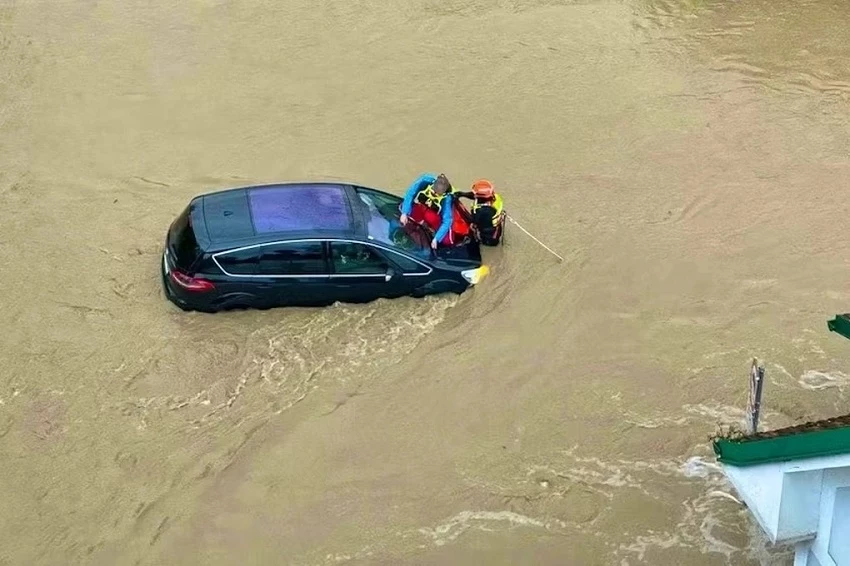 Firefighters rescue people from floodwaters in Austria. Photo: Keystone
Firefighters rescue people from floodwaters in Austria. Photo: KeystoneWhile AI models can outperform physics-based models in some cases, this is not always the case, said Professor Andrew Charlton-Perez from the University of Reading (UK). The accuracy of AI predictions depends heavily on the quality of the input data. If the data is insufficient or extreme events occur randomly throughout the year and in many different regions, disaster prediction will be difficult.
Professor Charlton-Perez suggests that AI should complement existing forecasting tools to improve accuracy in assessing the likelihood of extreme weather events, highlighting the need for continuous improvements in data collection and analysis.
Since January, the European Centre for Weather Forecasts (ECMWF) has been deploying the Integrated AI System (AIFS), which provides rapid long-term forecasts for extreme weather events such as cyclones and heatwaves. Recent evaluations have shown that the system is effective, particularly in predicting the heavy rains that contributed to flooding in September.
However, scientists warn that communicating the impacts of extreme weather is vital, especially as climate change accelerates. A report from the European Environment Agency (EEA) shows that the continent faces major climate risks that far outweigh current adaptation efforts. Droughts, wildfires, high temperatures and floods will become more severe.
Another challenge is data processing, as complex AI models require constant updates, requiring a lot of computing resources, contributing to climate-changing emissions. To address this, large companies such as Microsoft and Google are exploring the use of nuclear power to maintain data centers. Experts also recommend investing in physical solutions such as flood storage areas and early warning systems, while limiting development in flood-prone areas to reduce the risks of climate change.
Viet Anh (t/h)
Source: https://doanhnghiepvn.vn/cong-nghe/su-dung-ai-de-canh-bao-bao-lut-nhung-hieu-qua-va-han-che/20241016095820496







![[Photo] General Secretary To Lam attends the 80th Anniversary of the Cultural Sector's Traditional Day](https://vstatic.vietnam.vn/vietnam/resource/IMAGE/2025/8/23/7a88e6b58502490aa153adf8f0eec2b2)



















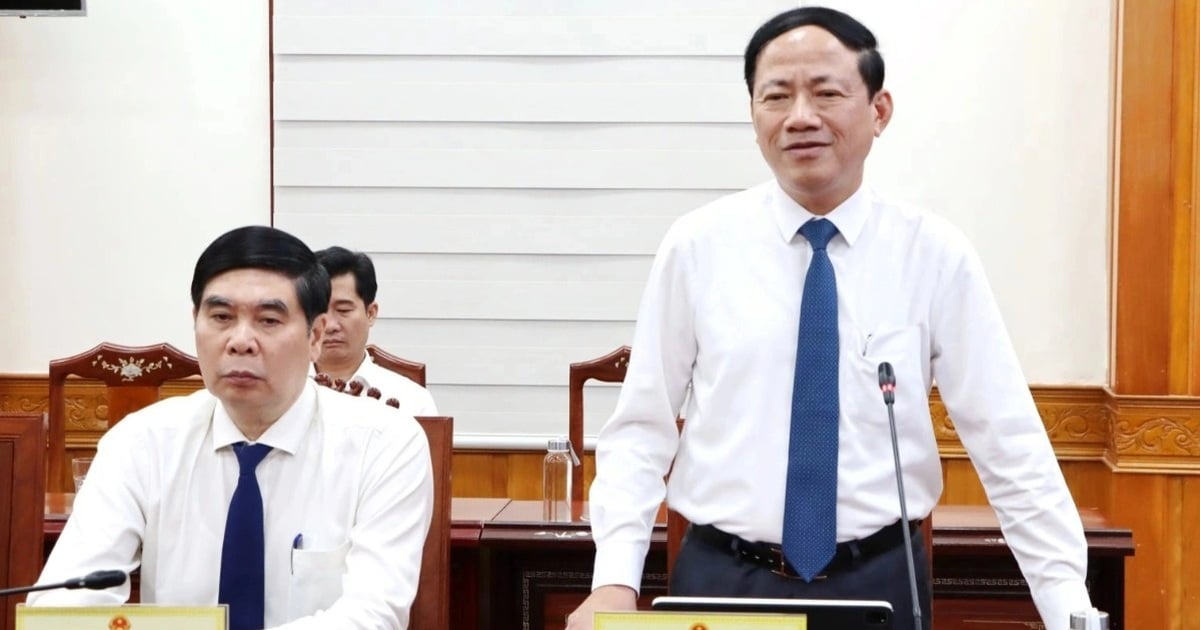









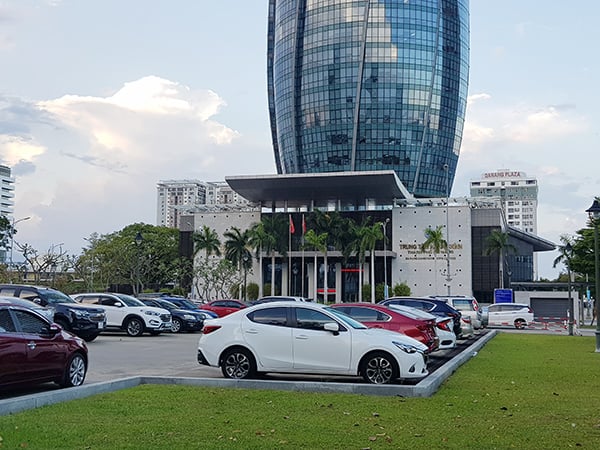








































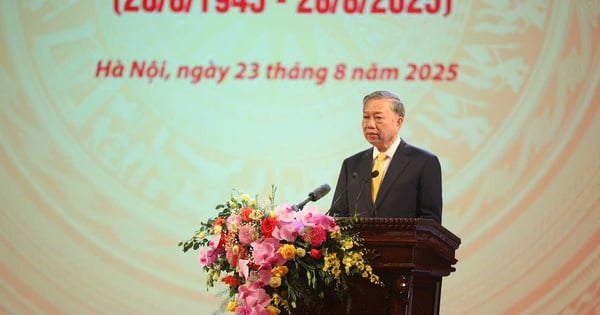
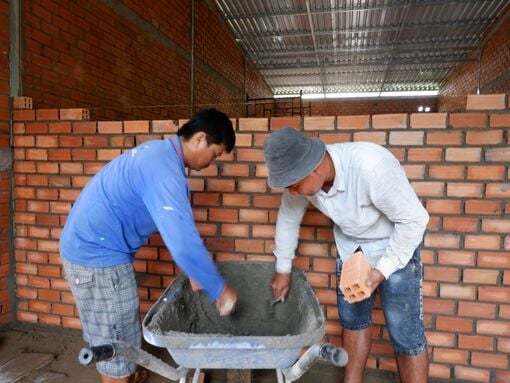



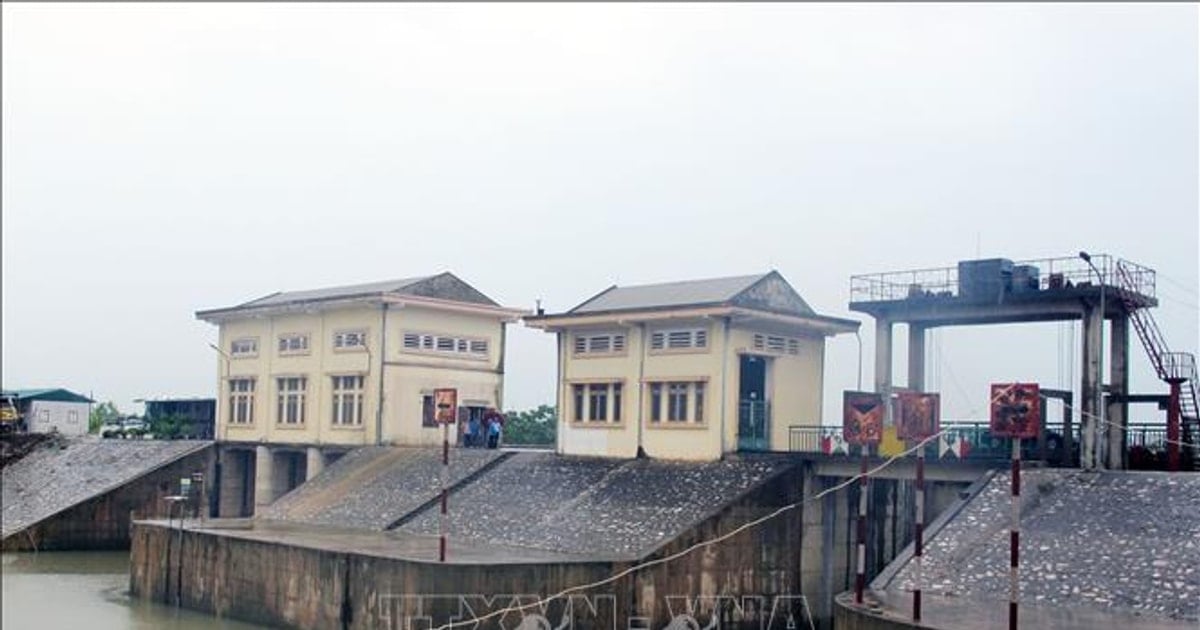




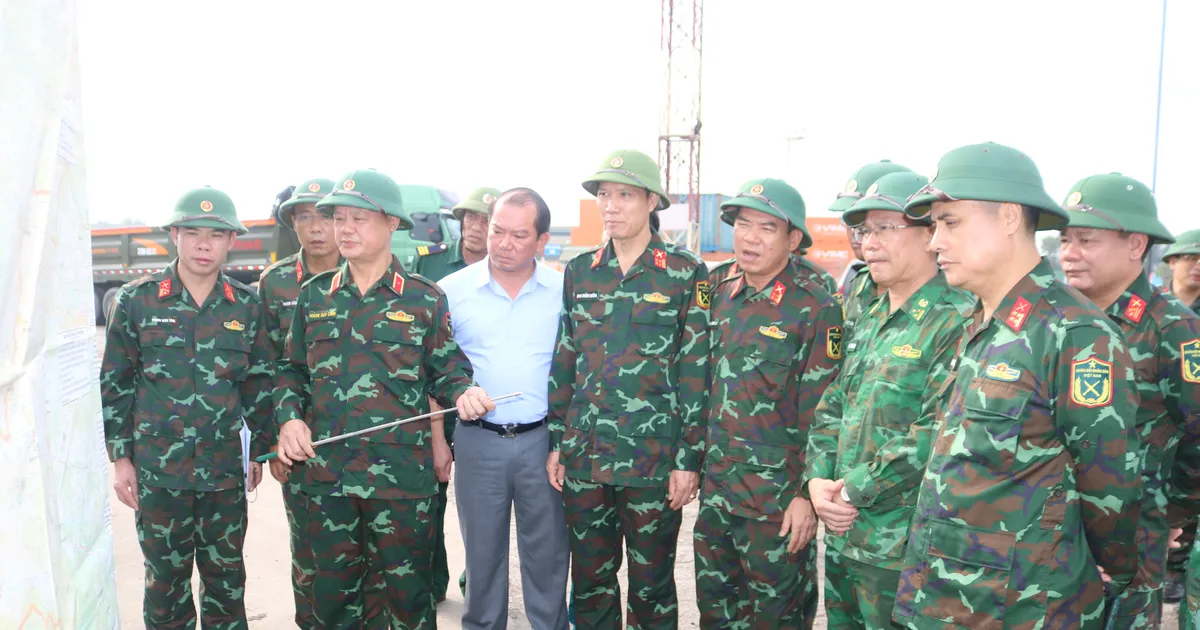








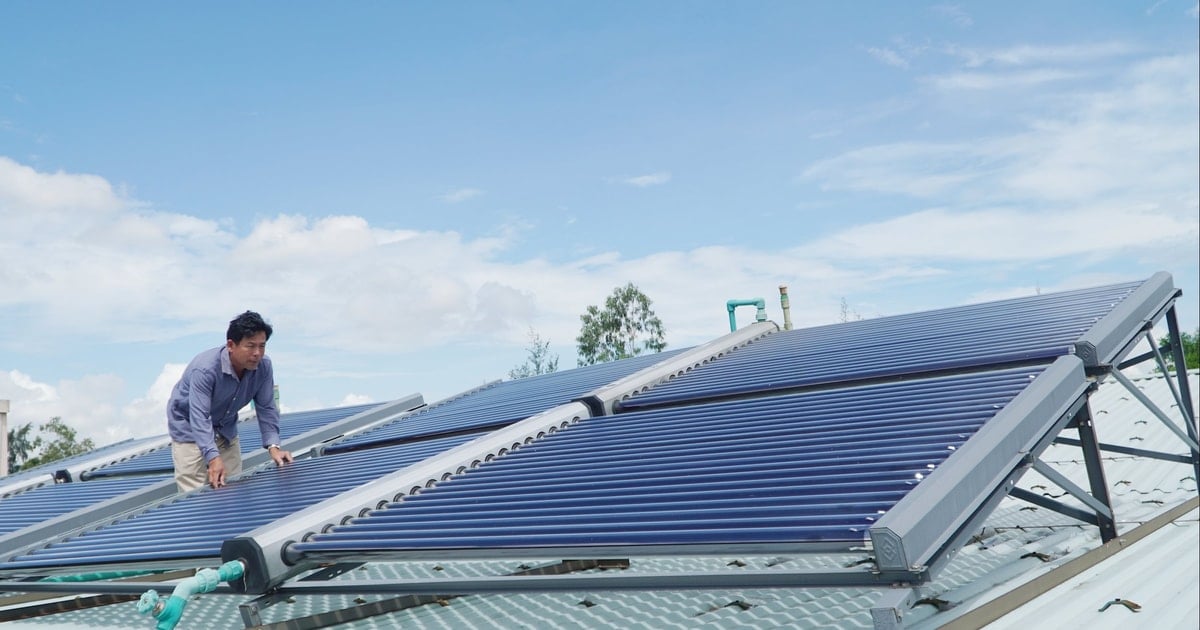





Comment (0)